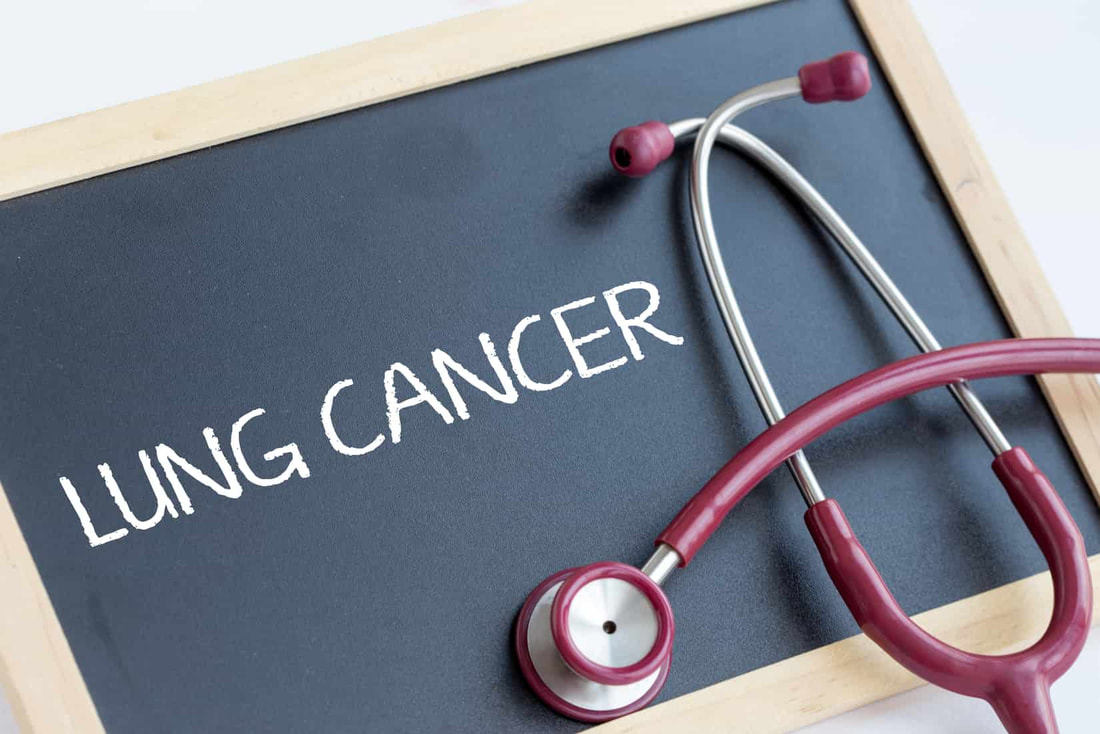Radon Symptoms
|
Radon can get trapped in homes and other structures where there is poor ventilation. Underground mines are famously known for high radon content because it is given off by soil, rock and water as their principal components (uranium, thorium, and radium) break down.
Buildings with a lot of insulation or those that are tightly sealed are at high risk for radon poisoning because, although they are well built, they do not allow much air to escape, so even the bad stuff is trapped inside. Radon Symptoms Radon comes from the ground, so it’s most common to find excess radon in the basement or crawl space of a building and not really any higher than the first floor. Soil testing can tell you if there are high levels of radium, uranium, and thorium are present. A crack in your foundation is all it will take to let harmful radon into your home unchecked. Homes are regulated for radon gas more than businesses because we typically spend more time at home than anywhere else. Schools and childcare facilities are also structures that should be monitored carefully for radon gas. Unfortunately, there will be no physical symptoms if you are exposed to radon. Even if you are breathing in high levels of this gas every day, you may never know it. Radon is colorless, odorless, and tasteless. It can be in the air, in the soil, or in drinking water. Testing for it with specific tools is the only way to know for sure. There are no tests that your doctor can perform to determine if you have been exposed to radon gas and, if so, how much. Radon testing your home is the only way to know for sure if the radon level in your home or workplace is too high. Radon Gas Symptoms The only ‘symptom’ that can be attributed to prolonged radon exposure is lung cancer. Of course, not every person who breathes radon gas for an extended period develops lung cancer. However, radon exposure is directly linked to the disease. Estimates of how many lung cancer deaths are a result of radon poisoning vary from one reporting agency to the next, but the number is somewhere between 15,000 and 21,000. Early symptoms of lung cancer include the following: • Cough • Wheezing • Shortness of breath • Hoarse voice As symptoms worsen, a person with lung cancer may experience these symptoms as well: • Coughing up blood • Chest pain • Bronchitis • Pneumonia It’s important to know the symptoms of lung cancer even if you aren’t a smoker. If you or a loved one has experienced any of these symptoms, don’t hesitate to see your doctor. In the meantime, do what you can to prevent radon poisoning in your home by having easy, inexpensive radon testing done, installing radon detectors, and considering a radon mitigation system for your new construction to eliminate the possibility of future radon exposure. A certified team like Radon Testing and Mitigation PNW in Portland Oregon can help you reduce the risk of radon-related lung cancer. |
|


